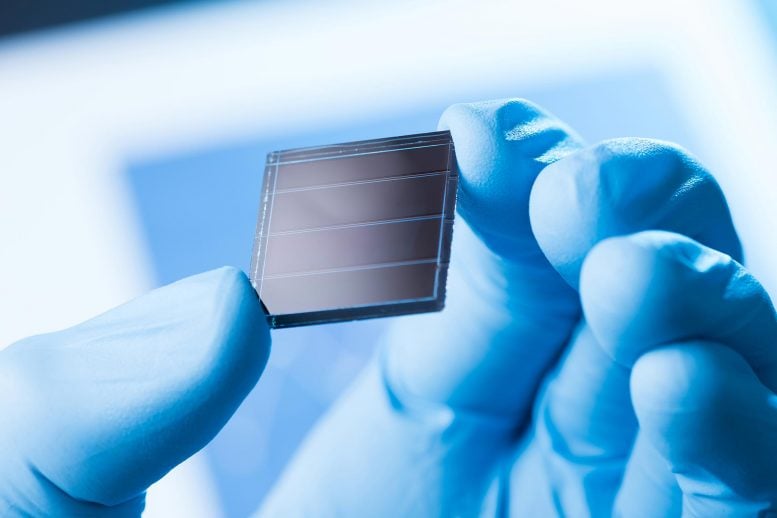
Scientists at the National Renewable Energy Laboratory (NREL) achieved a technological breakthrough for solar cells previously thought impossible.
The scientists successfully integrated an aluminum source into their hydride vapor phase epitaxy (HVPE) reactor, then demonstrated the growth of the semiconductors aluminum indium phosphide (AlInP) and aluminum gallium indium phosphide (AlGaInP) for the first time by this technique.
“There’s a decent body of literature that suggests that people would never be able to grow these compounds with hydride vapor phase epitaxy,” said Kevin Schulte, a scientist in NREL’s Materials Applications & Performance Center and lead author of a new paper highlighting the research. “That’s one of the reasons a lot of the III-V industry has gone with metalorganic vapor phase epitaxy (MOVPE), which is the dominant III-V growth technique. This innovation changes things.”
The article, “Growth of AlGaAs, AlInP, and AlGaInP by Hydride Vapor Phase Epitaxy,” was published in the journal ACS Applied Energy Materials on December 12, 2019.
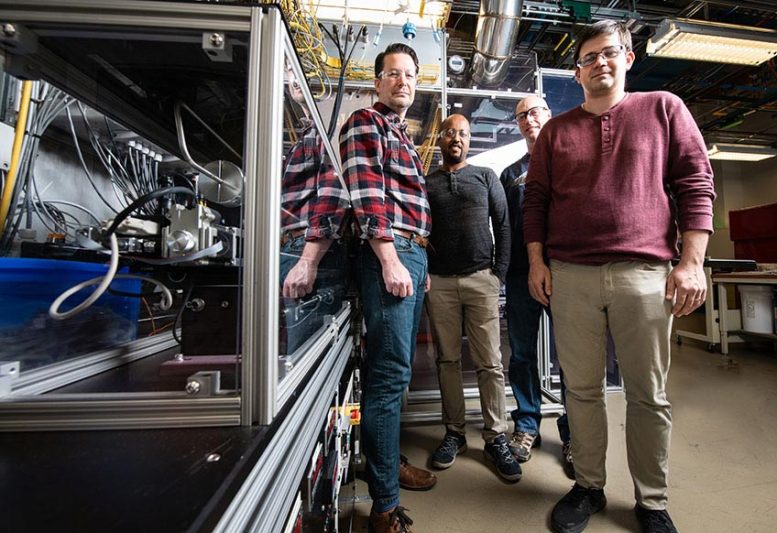
Four researchers stand in the lab. NREL researchers (from left to right) Aaron Ptak, Wondwosen Metaferia, David Guiling, and Kevin Schulte are growing aluminum-containing materials for III-V solar cells using HVPE. Credit: Dennis Schroeder, NREL
III-V solar cells—so named because of the position the materials fall on the periodic table—are commonly used in space applications. Notable for high efficiency, these types of cells are too expensive for terrestrial use, but researchers are developing techniques to reduce those costs.
One method pioneered at NREL relies on a new growth technique called dynamic hydride vapor phase epitaxy, or D-HVPE. Traditional HVPE, which for decades was considered the best technique for production of light-emitting diodes and photodetectors for the telecommunications industry, fell out of favor in the 1980s with the emergence of MOVPE. Both processes involve depositing chemical vapors onto a substrate, but the advantage belonged to MOVPE because of its ability to form abrupt heterointerfaces between two different semiconductor materials, a place where HVPE traditionally struggled.
That’s changed with the advent of D-HVPE.
The earlier version of HVPE used a single chamber where one chemical was deposited on a substrate, which was then removed. The growth chemistry was then swapped for another, and the substrate returned to the chamber for the next chemical application. D-HVPE relies on a multi-chamber reactor. The substrate moves back and forth between chambers, greatly reducing the time to make a solar cell. A single-junction solar cell that takes an hour or two to make using MOVPE can potentially be produced in under a minute by D-HVPE. Despite these advances, MOVPE still held another advantage: the ability to deposit wide band gap aluminum-containing materials that enable the highest solar cell efficiencies. HVPE has long struggled with the growth of these materials due to difficulties with the chemical nature of the usual aluminum-containing precursor, aluminum monochloride.
The researchers always planned on introducing aluminum into D-HVPE, but first focused their efforts on validating the growth technique.
“We’ve tried to move the technology forward in steps instead of trying to do it all at once,” Schulte said. “We validated that we can grow high-quality materials. We validated that we can grow more complex devices. The next step now for the technology to move forward is aluminum.”
Schulte’s co-authors from NREL are Wondwosen Metaferia, John Simon, David Guiling, and Aaron J. Ptak. They also include three scientists from a North Carolina company, Kyma Technologies. The company developed a method to produce a unique aluminum-containing molecule, which could then be flowed into the D-HVPE chamber.
The scientists used an aluminum trichloride generator, which was heated to 400 degrees Celsius (750 degrees Fahrenheit) to generate an aluminum trichloride from solid aluminum and hydrogen chloride gas. Aluminum trichloride is much more stable in the HVPE reactor environment than the monochloride form. The other components—gallium chloride and indium chloride—were vaporized at 800 degrees Celsius. The three elements were combined and deposited on a substrate at 650 degrees Celsius (1,200 degrees Fahrenheit).
Using D-HVPE, NREL scientists previously were able to make solar cells from gallium arsenide (GaAs) and gallium indium phosphide (GaInP). In these cells, the GaInP is used as the “window layer,” which passivates the front surface and permits sunlight to reach the GaAs absorber layer below where the photons are converted to electricity. This layer must be as transparent as possible, but GaInP is not as transparent as the aluminum indium phosphide (AlInP) used in MOVPE-grown solar cells. The current world efficiency record for MOVPE-grown GaAs solar cells that incorporate AlInP window layers is 29.1%. With only GaInP, the maximum efficiency for HVPE-grown solar cells is estimated to be only 27%.
Now that aluminum has been added to the mix of D-HVPE, the scientists said they should be able to reach parity with solar cells made via MOVPE.
“The HVPE process is a cheaper process,” said Ptak, a senior scientist in NREL’s National Center for Photovoltaics. “Now we’ve shown a pathway to the same efficiency that’s the same as the other guys, but with a cheaper technique. Before, we were somewhat less efficient but cheaper. Now there’s the possibility of being exactly as efficient and cheaper.”
Reference: “Growth of AlGaAs, AlInP, and AlGaInP by Hydride Vapor Phase Epitaxy” by Kevin L. Schulte, Wondwosen Metaferia, John Simon, David Guiling, Kevin Udwary, Gregg Dodson, Jacob H. Leach and Aaron J. Ptak, 12 December 2019, ACS Applied Energy Materials.
DOI: 10.1021/acsaem.9b02080
The U.S. Department of Energy’s Solar Energy Technologies Office funded the D-HVPE research.

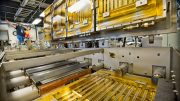
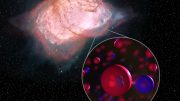
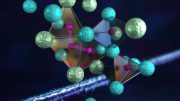
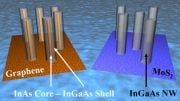
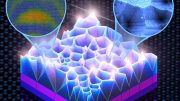
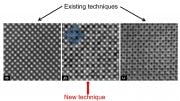
All I can say is that all the parties involved in this breakthrough had better look after their firewalls, because the state-sponsored industrial espionage folks in China will certainly be attracted by this news.
Not only china, everyone,friend and foe, will be looking for it.
It’s worth it
The comments about China stealing info is laughable given that the US government has used foreigners for decades to advance science and technology. Remember Von Braun? Einstein?
You are right. Industrial espionage has always been with us, look at the efforts to steal glass technology from the Venetians, or the American theft of British technology after the Revolutionary War. We have relied on waves of foreigners for our science – a big one after WWII, another big one after the collapse of the Soviet Union. Chinese research institutions have been growing fast. Americans who focus on foreign theft of technology are too complacent. If we don’t want to be left behind we need to put more into research.
Oh, nobody is accusing China of espionage regarding defense technology. No, no.
Just GREED and the theft of COMMERCIAL technology. China could care less about having the most efficient nukes. They just want to steal tech that can make money.
They’re not cheating in any ARMS race, they’re scammers in the RAT race.
Of course, they understand something that apparently most people don’t: that winning the economic war ALWAYS eventually lets you win the military ones.
Soviet Union learned that one too late, now the USA is positioned to have to learn it ourselves.
The whole world should benefit from technology ,especially if fossil fuel can be eliminated in the future.
As far as espionage is concerned I do hope this and all beneficial technologies get proliferated. This ship is on fire damn it!
Oh I know the status quo would like to bilk the consumers out of their last shekel.
One does wonder what they will spend their fortune on once the World is gone?
The author of this article needs to learn the basics of writing a story. The main point is generally relayed in the beginning. Usually the second paragraph with all the details following. Not at the very end.
Just wondering if by adding a thin perovskite film layer could boost the efficiency further.
in May 2020 Oxford PV, a university spin-off, says it reached 28% efficiency with a commercial perovskite-based solar cell in late 2018, and will have an annual 250-megawatt production line running this year.
Both Oxford PV and Swift Solar make tandem solar cells – these are silicon panels which also have a thin perovskite film layer.
Since they’re made from two materials, they get to break through the Shockley-Queisser limit.
Personally I’m interested in advancement of solar power and any green technologies that can help to reduce our reliance on fossil fuels as we build our way out of this CV recession. I know that profit driven research is rational in our business environment, but collaboration where it proves useful in maximising human benefit should still leave profit enough for everyone in the production and supply chains. Well done in your hard work and discoveries.
i